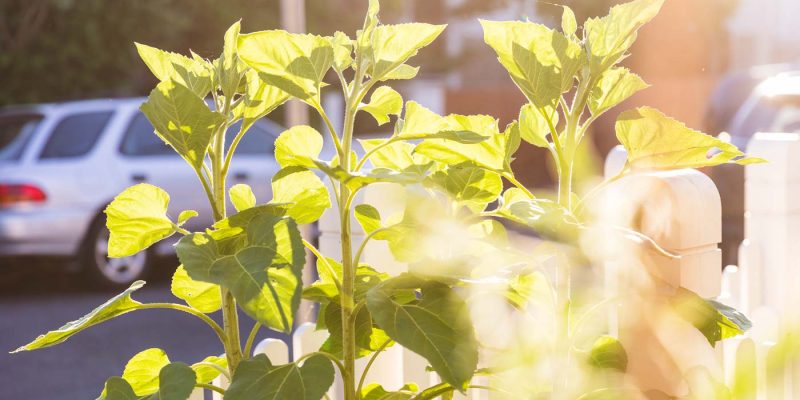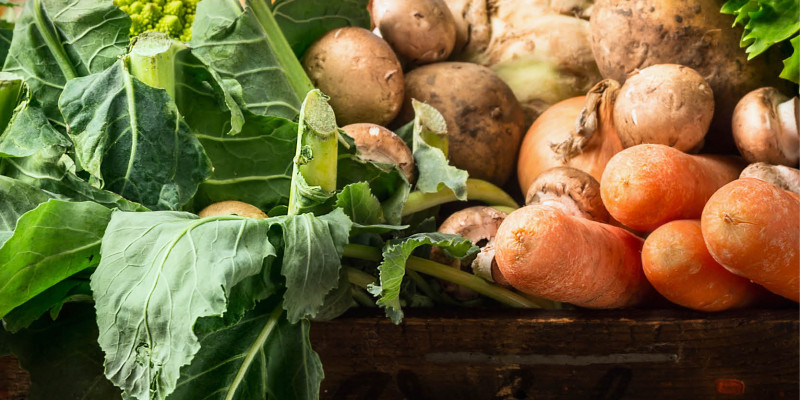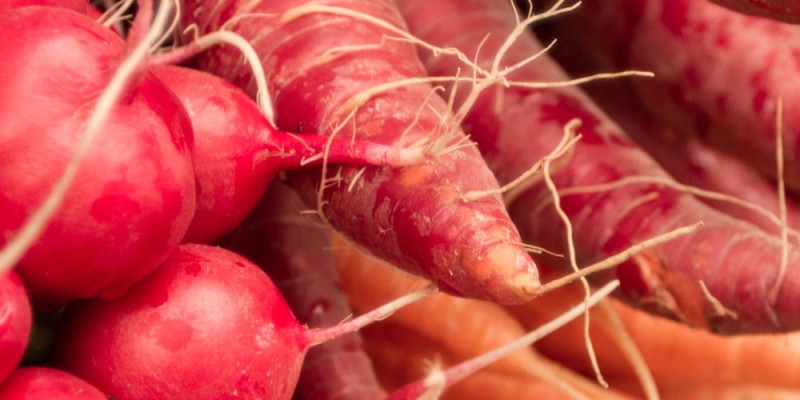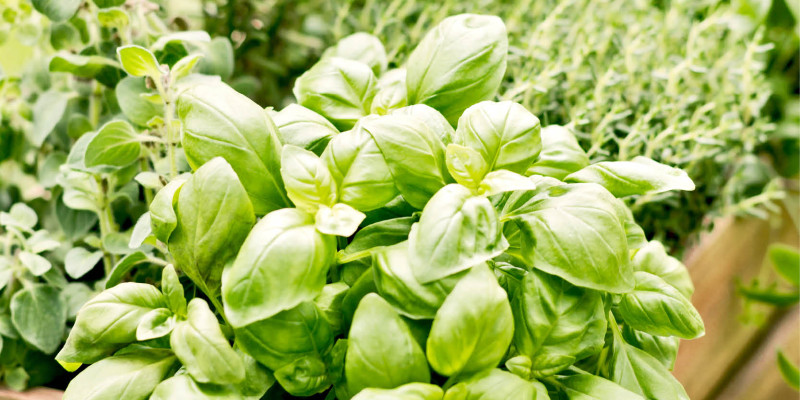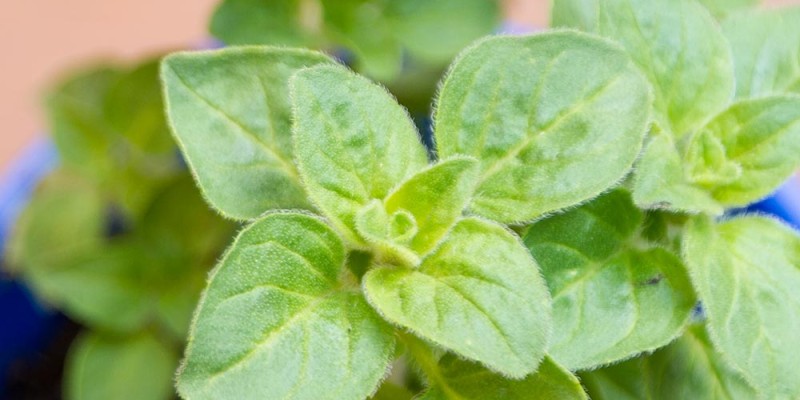As many of you know I have a relatively small garden area however I can grow a lot of food regardless of space restrictions.
One of the ways I do this is through succession planting. Succession planting is a process whereby you take advantage of the space you have and time your crops appropriately to make the most out of the growing season increasing the harvest per square area of garden.
Let’s go through the 4 different ways you can use succession planting to grow more food per square foot at home.
Two or more crops in succession
The first method is planting two or more crops in succession.
For instance when I harvested all of my winter greens this spring I planted my melons, carrot and beats over the same area. Once I harvest the summer crops I will likely plant another cold hardy crop to harvest throughout the fall.
Often this method works best when you start with a cold hardy crop in the spring followed by a summer loving crops and if you have enough growing season left another cold hardy crop can follow. Successive planting essentially giving you two or more successive crops using the same area.
Same crop different maturity dates
Continued harvest throughout the season is important. You can achieve this by planning crops that ripen at different times. Although this does not save any space I find I am able to better manage harvests and use of the produce if they are ready a few at a time as appose to all at once.
I plan my tomatoes using this method. I plant my Sweet N Neat cherry tomatoes that ripen first making good garden snack. The next to ripen is my Roma tomatoes that I will use to make salsa with. Finally my Pink Brandywine are ready much later and I use them in sandwiches or as a side.
Same Crop successive plantings
The next method I use is planting the same crop a number of times over the season. Depending on the crop I will often plant the second crop right under the first one reusing the same growing space.
I like to plant my herbs from both seedlings and seed. This extends the time frame I am able to harvest. For instance this cilantro we have been harvesting and it has bolted just as the ones we seeded this spring are ready to be harvested.
Similarly in longer seasons crops like determinant tomatoes can be planted at different times to ensure the crops are ripe at different times.
Snap Peas are a great example of crops you can successively plant to ensure continued crops. I planted my first peas in April as soon as the soil was workable and every few weeks after that to make sure we have a ready supply of peas in the garden.
Two or more crops simultaneously
Inter-planting or planting two crops simultaneously is a great way to take advantage of space and growth habits to double up on the crops you can grow in the same area.
I do this by inter-planting fast growing and producing crops like snap peas. Planted prior to the tomatoes and they are done producing well before the tomato needs the space.
As an added benefit peas are a part of the legume family and form a symbiotic relationship between themselves and a nitrogen fixing bacteria. So when alive the bacteria fix atmospheric nitrogen into plant available form. After you kill the plant leaving the roots in place will release the nitrogen and if quick enough may directly feed the tomato neighbor or at the very lease help replenish what the tomato has taken out of the soils nutrient cycle.
Replenishing the nutrient cycle and Conclusions
You can increase the production of your garden without having to increase your garden area by implementing the strategies I have just mentioned.
This method is intensive and does better with a healthy soil amended with compost made with free and local resource. Even that however may not be able to keep up with the demand for nutrients that are required in higher concentrations, Macronutrients.
I manage this by rotating in nitrogen fixing cover crops after my summer crops. They help me replenish plant available nitrogen and organic materials.

